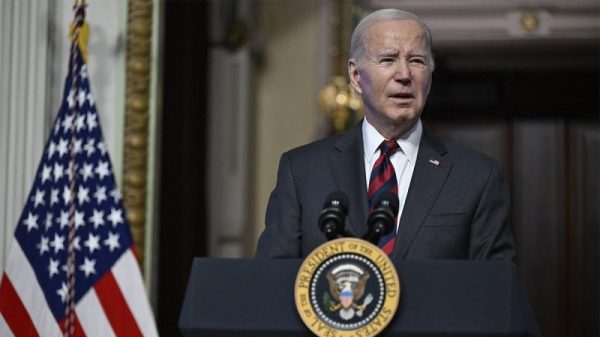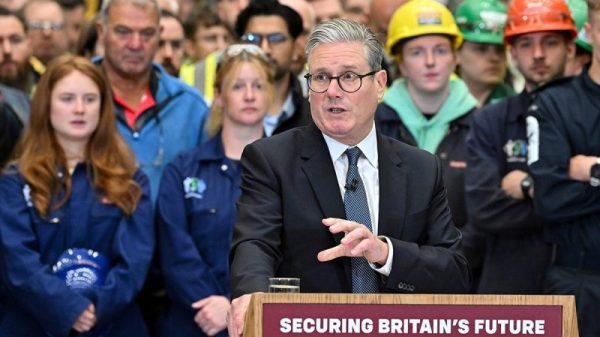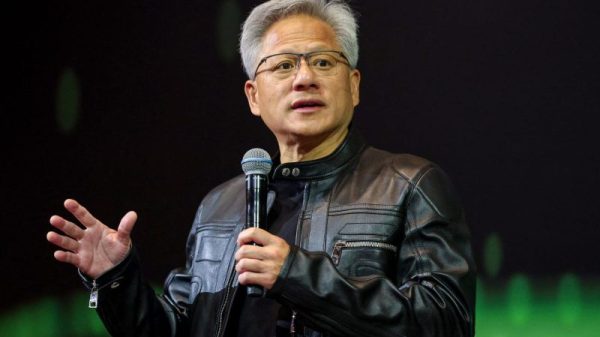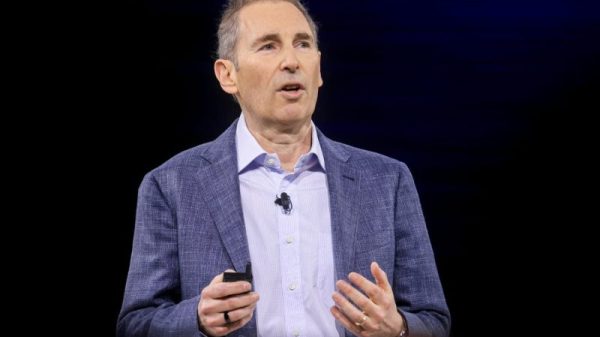Aston Martin Lagonda is set to push back its long-held plans for an all-electric range, with new chief executive Adrian Hallmark preparing to announce a revised strategy at the British carmaker’s annual results on Wednesday.
Hallmark, who joined last autumn after leading Bentley Motors, is expected to confirm that Aston Martin remains committed to an electric model, but only “before 2030,” a notable shift from previous targets.
As recently as 2022, executive chairman Lawrence Stroll spoke of producing an electric Aston Martin by 2027, while Hallmark’s predecessor, Amedeo Felisa, inherited a 2025 deadline that gradually slipped over the past two years. The push for an electric relaunch had initially been tied to reviving the Lagonda sub-brand in 2022, plans that have since been scrapped.
Aston Martin’s more cautious timeline echoes wider uncertainty in the sector, particularly after it emerged that BMW is reviewing a £600 million investment in its Mini assembly plant near Oxford due to weaker-than-anticipated demand for electric cars.
Hallmark is the company’s fifth chief executive in five years, and industry observers regard him as key to stabilising both Aston Martin’s finances and its production schedule. Since taking over, he has already issued two profit warnings, secured an additional round of investor funding, and flagged supply-chain misalignments that have hurt the brand’s ability to meet delivery promises. Insiders say Hallmark has considerable experience from his time at Bentley, when it became a highly profitable part of Volkswagen, and suggest he will restructure Aston Martin’s manufacturing operations at Gaydon in Warwickshire and St Athan in south Wales.
The shift also includes questions over how many cars Aston Martin truly needs to produce annually to remain profitable—a previous target of 10,000 vehicles may no longer be compulsory. After releasing or overhauling four models within 12 months, Hallmark is understood to be ruling out any major new models in the near future, favouring consolidation instead.
The company has experienced a dizzying array of fundraisings—share placements, rights issues, and debt issuances—under executive chairman Stroll’s leadership since the ill-fated float in 2018, resulting in roughly £2 billion of equity being injected and another £2 billion in debt raised or restructured. Cumulative losses over that period have surpassed £1.6 billion, and the firm’s net debt remains at £1.2 billion.
Even so, there are signs of hope among investors. Aston Martin’s share price has climbed by 20 per cent in the past month, valuing the company at about £1.1 billion—although this stands well below the £4.33 billion it was worth at the time of its London Stock Exchange debut. One industry observer remarked that “if Adrian Hallmark cannot turn this company round, then no one can.”
Read more:
Aston Martin delays electric ambitions under new CEO Adrian Hallmark



























